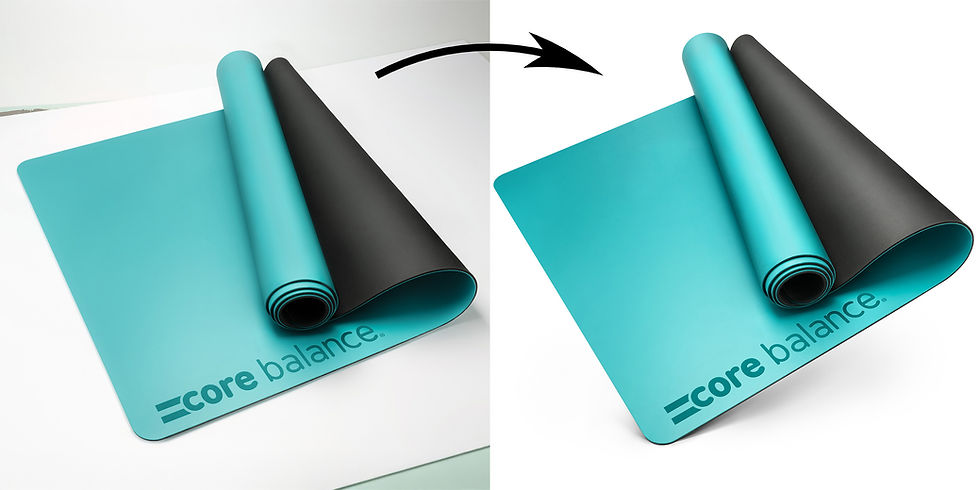The Art of Realistic Shadows: How to Ground Products in Studio Retouching
- elambellretouching
- Oct 6
- 2 min read
Updated: Oct 16
When creating product imagery, the appearance of shadows & reflections can completely transform the image. A well-crafted shadow doesn’t just make an image look 'finished'; it anchors the product, sculpts it into the scene, and adds realism that helps customers trust what they’re seeing.
In ecommerce, where products are often shown against clean white or lightly coloured backgrounds (or as according to the storefront requirements), shadows and reflections are essential in order to give items context, without getting lost to the background. They create that subtle connection between product and surface - a small detail that makes a massive difference.

Why Shadows Matter in Product Imagery
Shadows and reflections help communicate depth, dimension, and material. A soft shadow can make a fabric product feel tactile, while a crisp, defined edge might suit polished metal or hard plastics, or assist with enhancing dynamic lighting. Without these cues, even a well lit photo can look flat or detached.
When retouching, my goal is to use shadows to add belief but also enhance the look of the product - refined enough to look intentional, but never so heavy that they distract from the product itself.
Creating Balance and Visual Interest - An Example Project

In the above example, I worked on a studio image of an exercise mat that would appear as the 'main image' for an online listing. The idea was to create a stronger sense of visual impact, making the mat appear as though it was balancing upright on its edge.
To make that illusion feel realistic, I built a custom shadow beneath it, within Photoshop, to mimic the way light would naturally fall in a studio setting. The result was clear - a much more visually appealing image by carrying out a simple rotation followed by a careful new shadow creation.
This can be particularly important for where a white background is required, as there is no background to work with/compliment the product. So it's up to the product to bring everything to the table.

Finding the Balance Between Clean and Real
The key is lighting research. In commercial retouching, it’s easy to spend either too little or too much time on a shadow. Real shadows have variation, sometimes having a combination of hard & soft edges, so I often blend multiple layers at varying opacities to achieve something that feels natural.
Whether it’s a yoga mat, a pair of trainers, or jewellery on a reflective surface, shadows and reflections are important design tools that make products feel real, and polish off the image that aids in attracting shoppers.
Want to elevate your product images? Contact me for ecommerce-focused retouching


